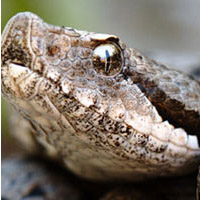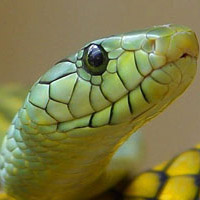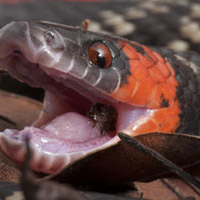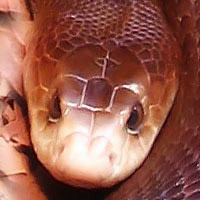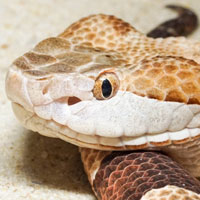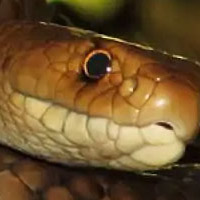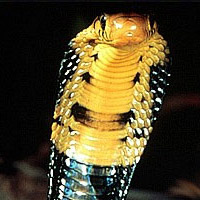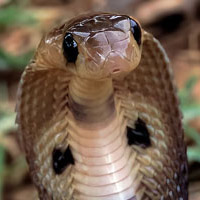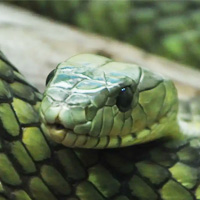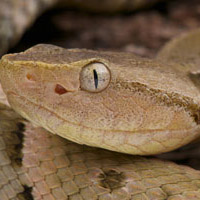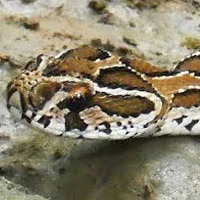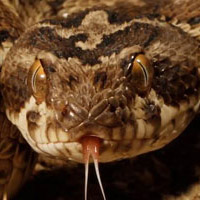Venomous Snakes: An In-Depth Guide to These Fascinating Reptiles
Elapidae: This family includes some of the most dangerous and potent venomous snakes, such as cobras, mambas, coral snakes, and sea snakes.
Viperidae: Known as vipers or pit vipers, this family includes rattlesnakes, vipers, and adders, which are characterized by their long, hinged fangs.
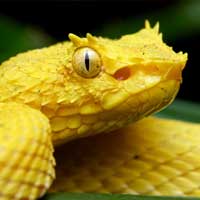
Introduction
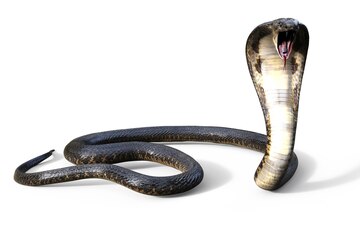
Venomous Snake Habitat: Where Do They Thrive?
Common Venomous Snake Habitats by Species:
| Snake Species | Primary Habitat | Geographic Range |
| King Cobra | Rainforests | Southeast Asia |
| Rattlesnake | Deserts, grasslands | North and South America |
| Black Mamba | Savannas, woodlands | Sub-Saharan Africa |
| Gaboon Viper | Rainforests, savannas | Central and West Africa |
| Inland Taipan | Arid, rocky outcrops | Australia |
Venomous Snake Diet and Feeding: What Do They Eat?
Venomous snakes are carnivorous predators, primarily hunting small mammals, birds, amphibians, and even other reptiles. Their venom allows them to immobilize prey quickly, making hunting efficient and minimizing the risk of injury.
Most venomous snakes use a combination of ambush and active hunting. For example, pit vipers use heat-sensing pits to locate warm-blooded prey, even in total darkness. This section delves into the feeding habits and hunting adaptations that help venomous snakes excel as apex predators.
Venomous Snake Behavior and Temperament: Are They Aggressive?
| Snake Species | Temperament | Defensive Behavior |
| Coral Snake | Shy, reclusive | Flees when threatened |
| Black Mamba | Highly territorial | Raises head and opens mouth |
| Copperhead | Passive but alert | Relies on camouflage, rarely strikes |
| King Cobra | Aggressive when disturbed | Flattens neck, raises hood |
| Russell’s Viper | Aggressive | Loud hissing, will strike if needed |
Venomous Snake Health and Lifespan: How Long Do They Live?
The lifespan of venomous snakes varies by species and environmental factors. On average, venomous snakes can live between 10 to 30 years in the wild, with species like cobras and rattlesnakes often reaching their 20s under ideal conditions.
Like other reptiles, venomous snakes are susceptible to various health issues, including infections, parasites, and respiratory illnesses. Temperature, humidity, and diet play a significant role in their overall health and longevity.
Venomous Snake Reproduction: Mating and Life Cycle
Venomous snakes typically mate during specific times of the year, often linked to seasonal changes. Reproduction can be oviparous (egg-laying) or ovoviviparous (live-bearing). For example, cobras lay eggs, while vipers like rattlesnakes give birth to live young.
Once hatched or born, young venomous snakes are fully independent and equipped with venom. Despite their small size, they can already defend themselves and hunt.
Venomous Snake Handling and Care: Is It Possible?
While handling venomous snakes requires significant expertise and specialized equipment, it is possible for professionals, such as herpetologists and licensed reptile keepers. Proper handling practices involve using tools like snake hooks, secure enclosures, and safety equipment.
Handling venomous snakes as pets is highly controversial and regulated in many places. Professionals often recommend observing these reptiles from a safe distance and in controlled environments.






